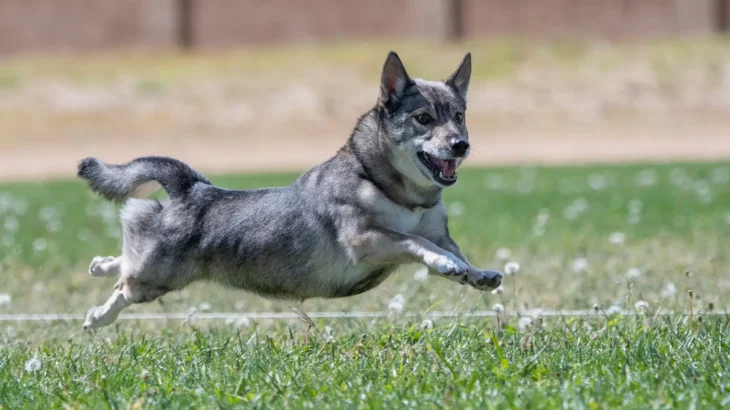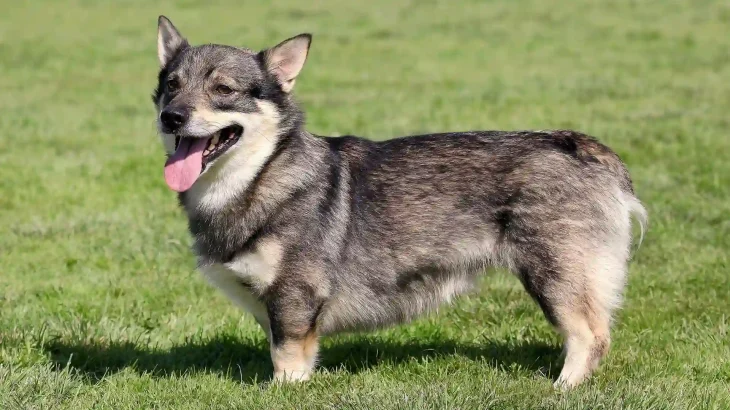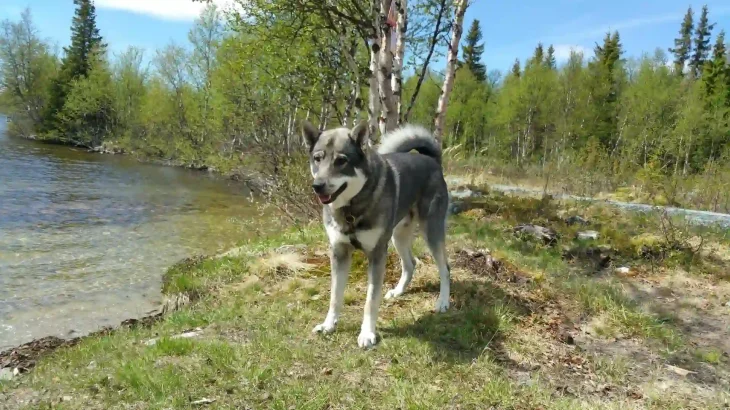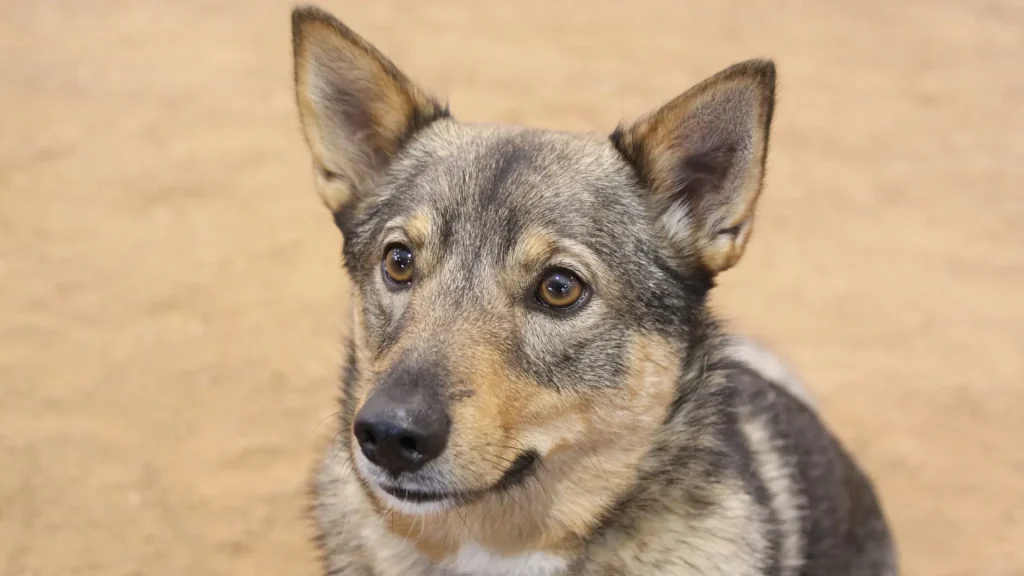Owning a Swedish Vallhund means being prepared for their health needs, and pet insurance can help cover unexpected vet bills. This active breed may face genetic issues like hip dysplasia or eye conditions. Insurance typically covers illnesses, accidents, and surgeries, with some plans offering liability coverage if your dog causes injury or damage. Since coverage and costs vary, it's wise to compare policies carefully. Some owners prefer saving money in a dedicated fund, but this carries risks if costly emergencies arise. Insurance can provide peace of mind for urgent care, like emergency treatment if your Vallhund eats something harmful on a walk.
Health and Surgery Coverage
Most pet insurance plans focus on protecting against illnesses, injuries, and surgeries. Given the Swedish Vallhund's energetic nature, injuries or breed-related health issues might require vet visits. Pre-existing conditions are often excluded, and routine care (like vaccines) may not be covered. Premiums can be higher for breeds with known health risks.
Liability Coverage
Liability coverage, which protects against claims for injury or property damage caused by your dog, is less common but may be included or added. The Vallhund is friendly but lively, so this coverage can offer extra protection during social interactions. Coverage options and limits differ, and claims may have strict conditions.
Common Alternatives to Pet Insurance
Some owners self-insure by setting aside funds regularly instead of buying insurance. This works if vet costs stay low but can leave owners unprepared for major emergencies. Wellness plans cover routine care but usually not surgeries or illnesses. These choices might suit some needs but lack the broad protection that insurance offers.
Owner's Out-of-Pocket Costs and Coverage Limits
Insurance involves deductibles, co-pays, and coverage limits. It's important to review policies for exclusions or limits, especially regarding hereditary issues common in Swedish Vallhunds. Being informed helps avoid unexpected bills.
Advantages and Disadvantages of Pet Insurance
Pet insurance brings financial protection and peace of mind, allowing timely care for sudden health problems. Downsides include premium costs, possible exclusions, and the chance of never making a claim. Still, given the potential costs for active breeds, many owners find insurance worthwhile.




















































